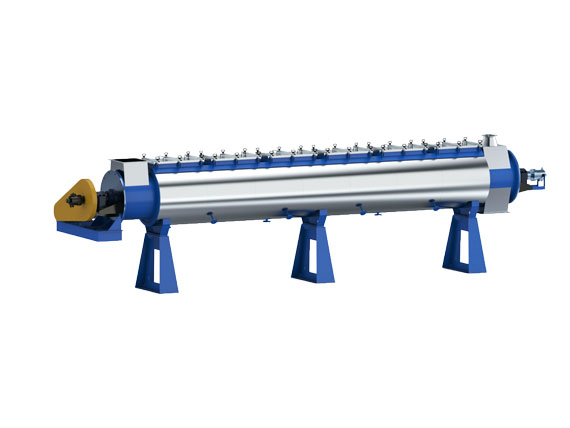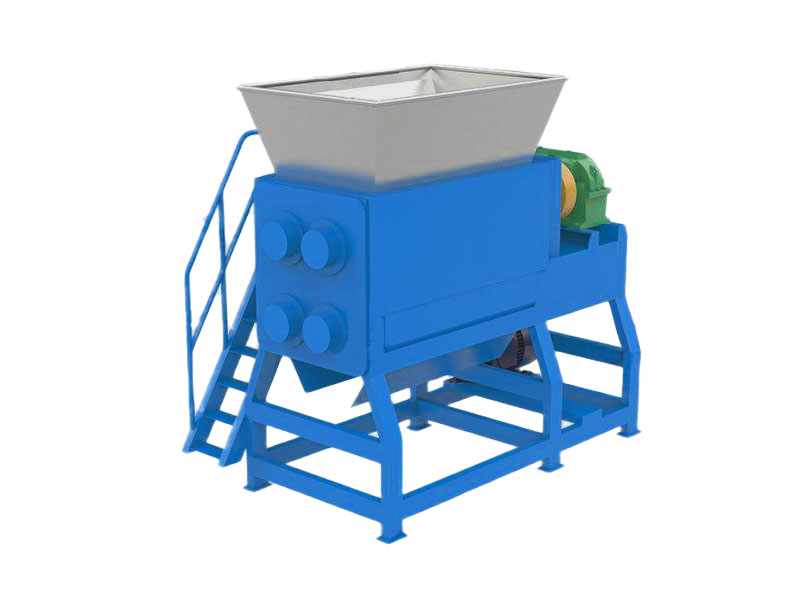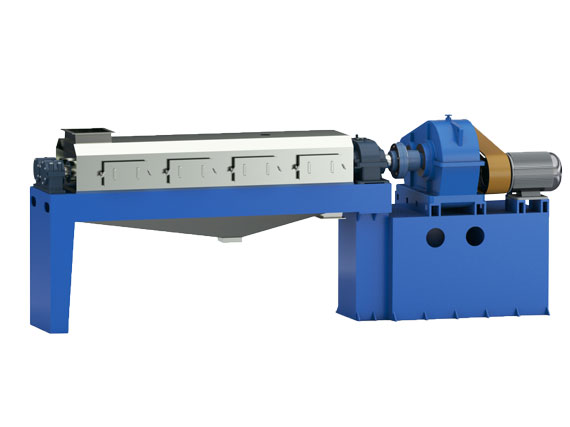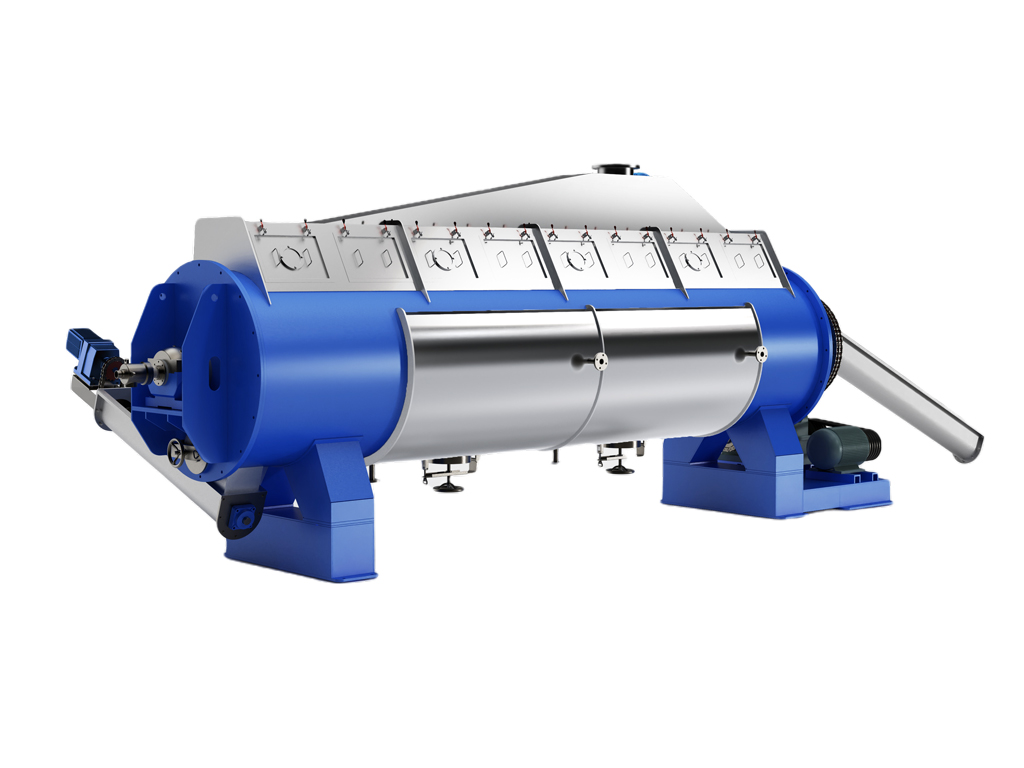Introduction
Whole fish meal production involves processing entire fish into high-quality fish meal. Whole fish meal is known for its high nutritional value and is an essential component of animal feed. This article will delve into the characteristics of whole fish meal production to provide a comprehensive understanding of this crucial process.
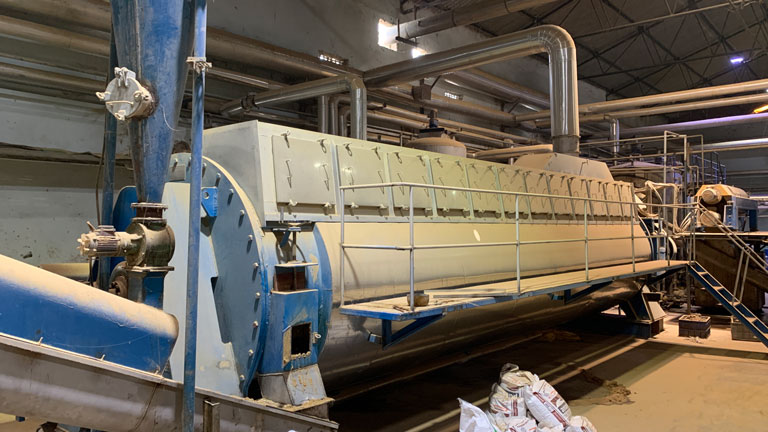
Characteristics of Whole Fish Meal Production
High Nutritional Value: Whole fish meal retains all the nutritional components of fish, including proteins, fats, minerals, and vitamins. This makes it a premium source of protein in animal feed.
Wide Raw Material Availability: Whole fish meal production can use various types of fish, including both marine and freshwater species. This provides significant flexibility and adaptability in production.
Advanced Processing Technology: The production process of whole fish meal involves steps such as crushing, cooking, pressing, drying, and grinding. Modern fish meal machine and technology ensure the high quality and consistency of the product.
Efficient Resource Utilization: Whole fish meal production not only enhances the utilization of fish resources but also reduces waste, making it environmentally significant.
Wide Applications: Whole fish meal is widely used in livestock, aquaculture, and pet feeds, meeting the demand for high-quality feed in various industries.
Whole Fish Meal Production Process
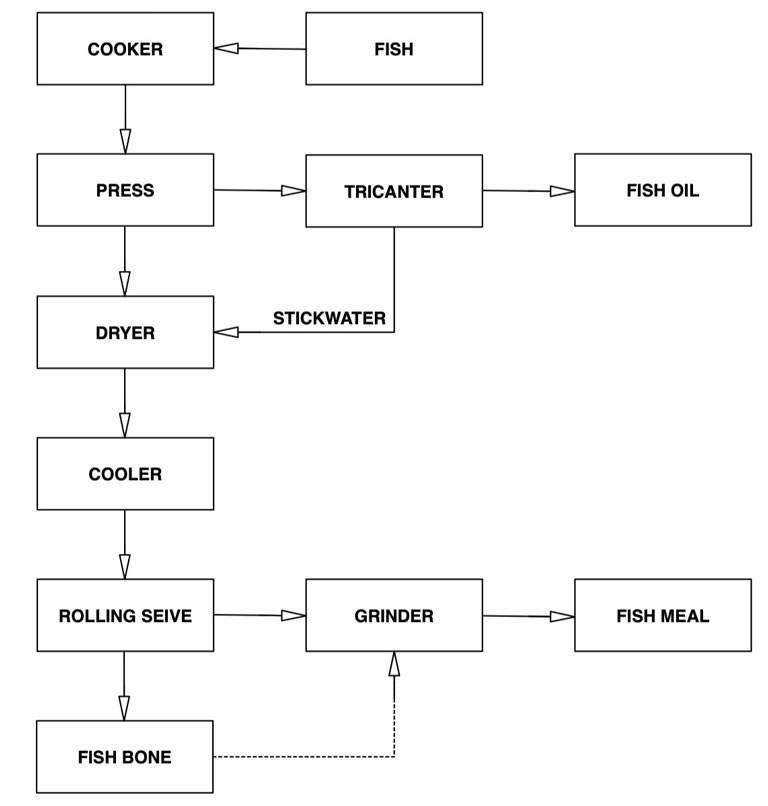
The production process of whole fish meal typically includes the following steps:
Crushing: The entire fish is crushed to facilitate subsequent processing.
Cooking: The crushed fish is cooked at high temperatures to kill bacteria and inactivate enzymes, ensuring the product's hygiene and safety.
Pressing: The cooked fish is pressed to separate fish oil and fish liquor.
Drying: The fish liquor is dried to obtain preliminary fish meal.
Grinding: The dried fish meal is ground to achieve a uniform particle size for the final product.
Applications
Whole fish meal is extensively used in livestock, aquaculture, and pet feeds. Its high protein content and rich nutritional profile make it an indispensable component of animal feed. Whole fish meal not only enhances the nutritional value of feed but also improves the growth performance and health of animals.
Conclusion
Whole fish meal production is a critical process that converts entire fish into high-quality feed. Through advanced fish meal processing techniques, whole fish meal retains all the nutritional components of fish and has a broad application scope. Understanding the characteristics of whole fish meal production helps in better utilizing this premium feed resource to meet the demands of various industries.
